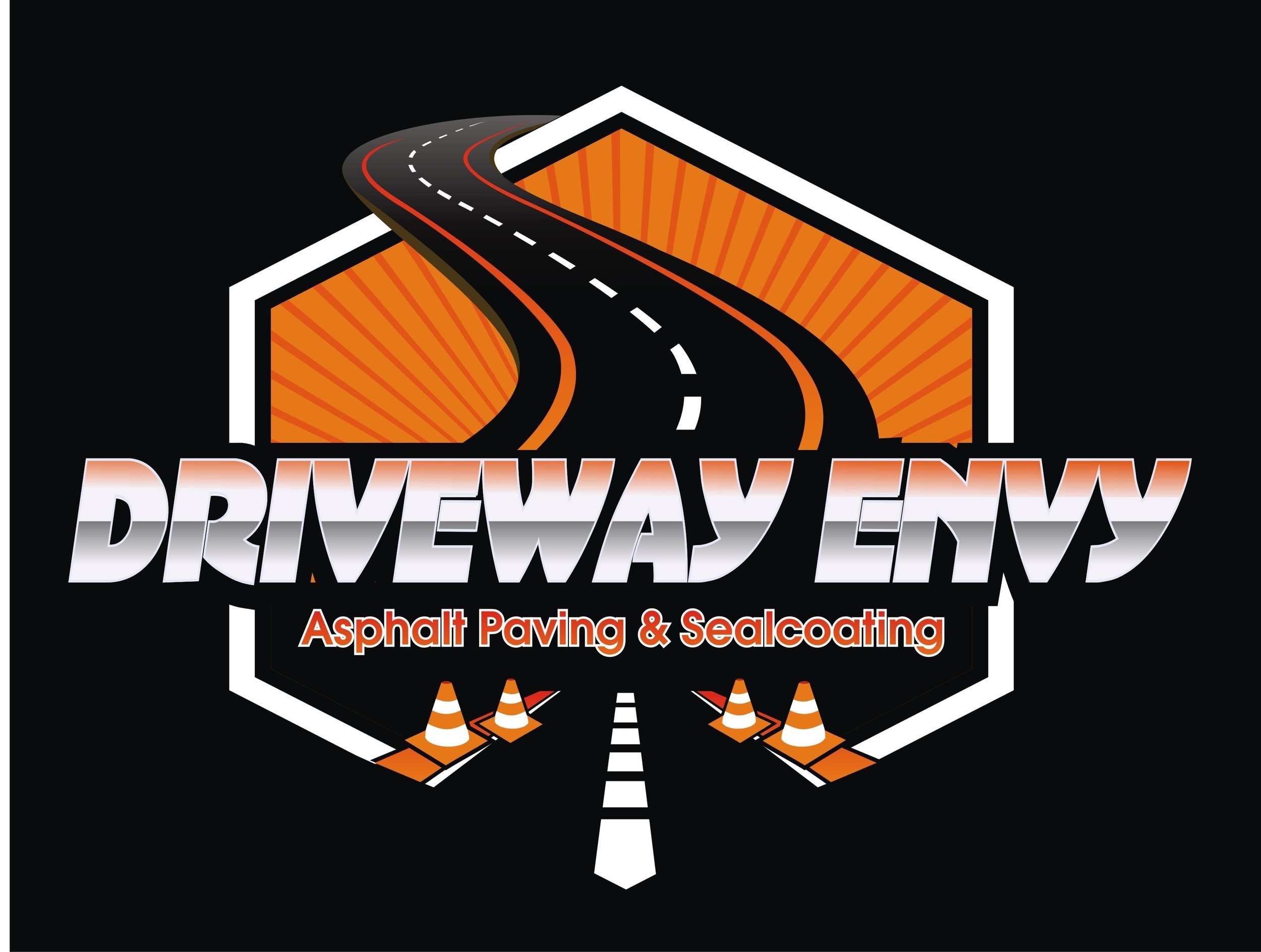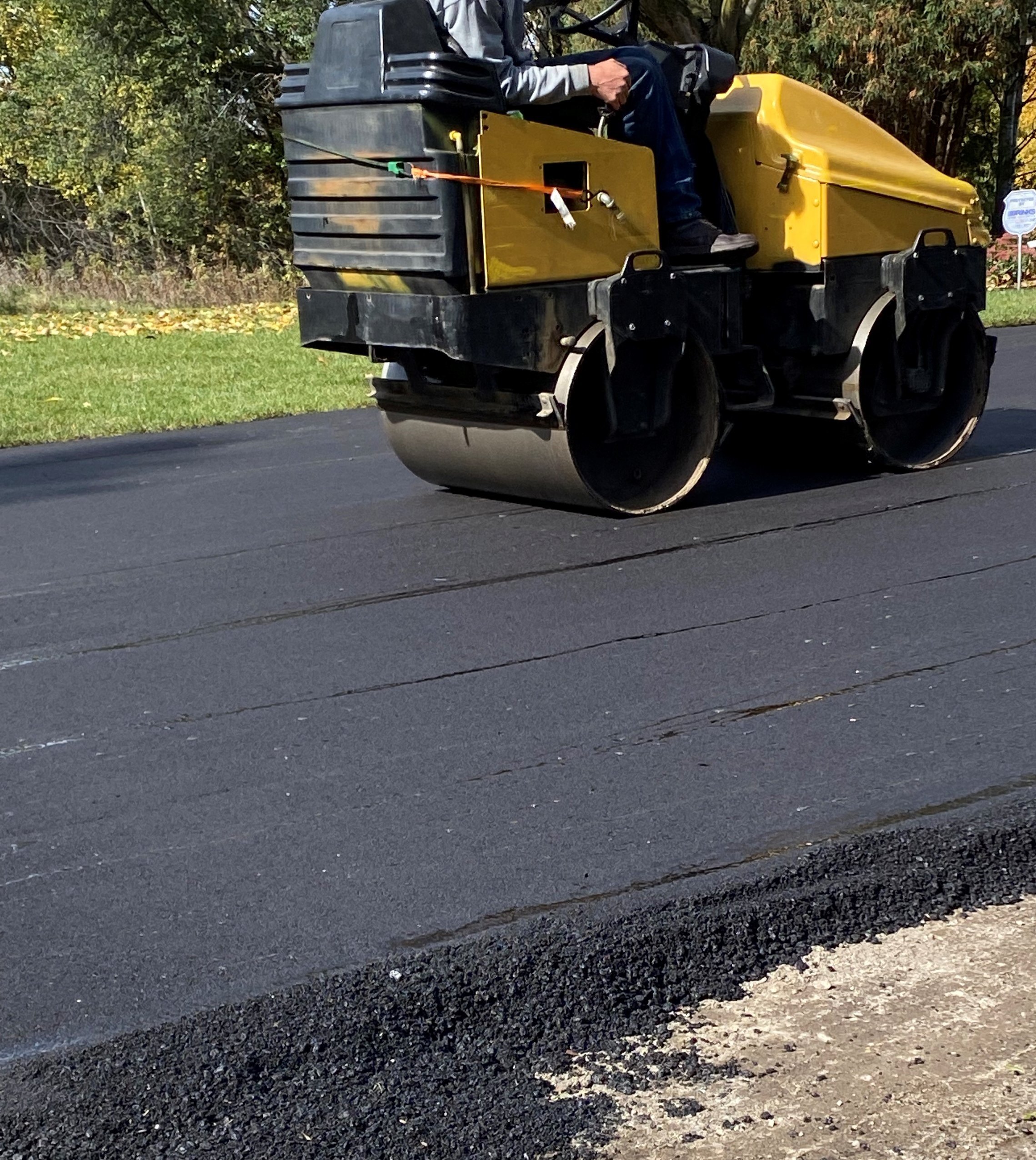Asphalt Paving
Whether you need a new driveway installed or an existing driveway replaced - we’ve got you covered! Explore below to learn more about the various services we offer and our processes.
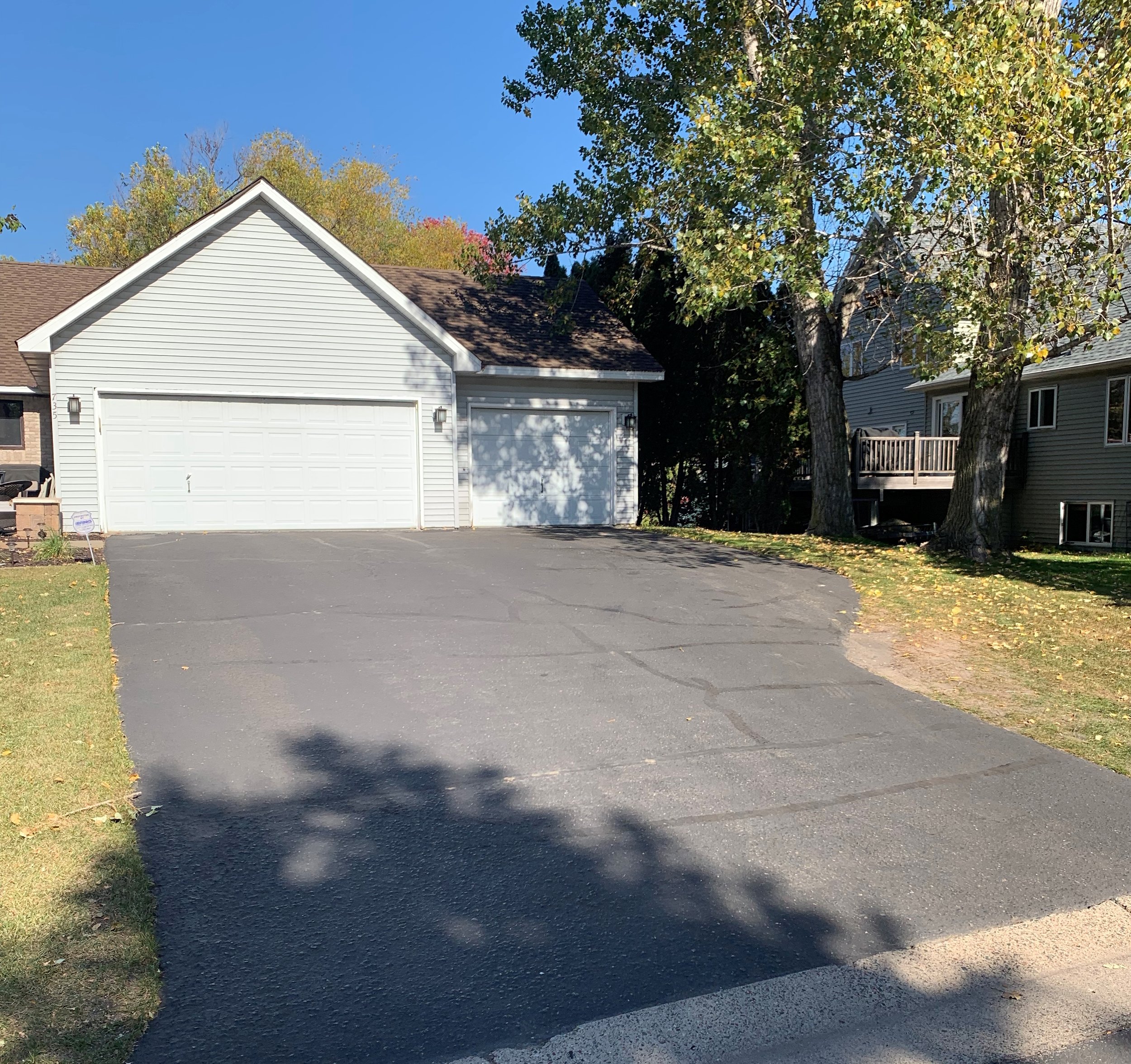
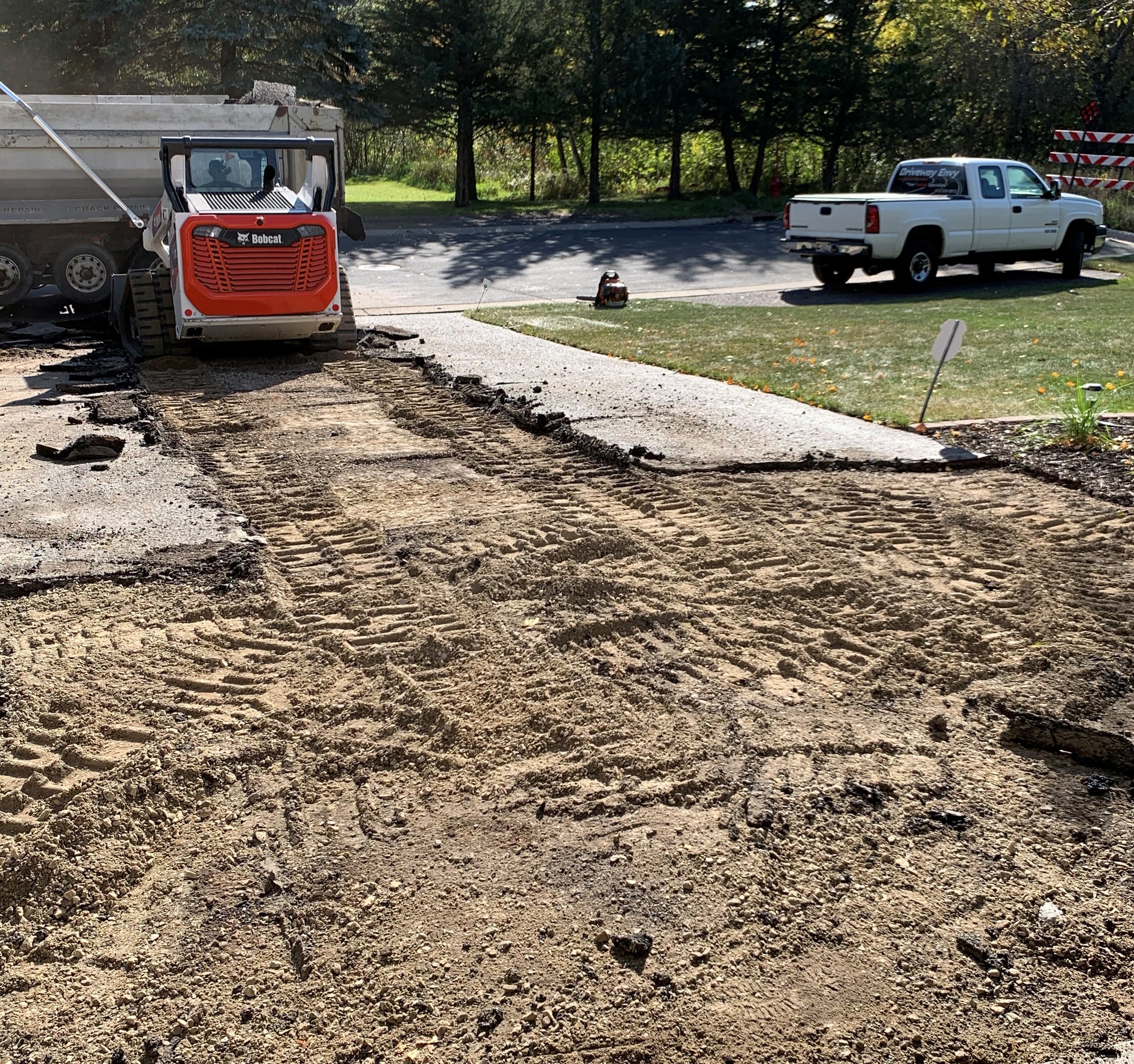
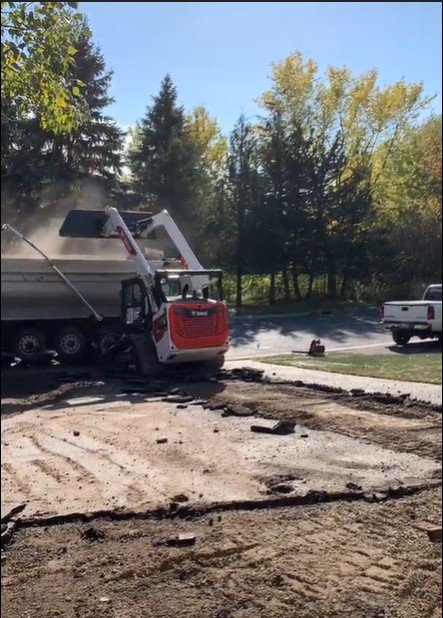
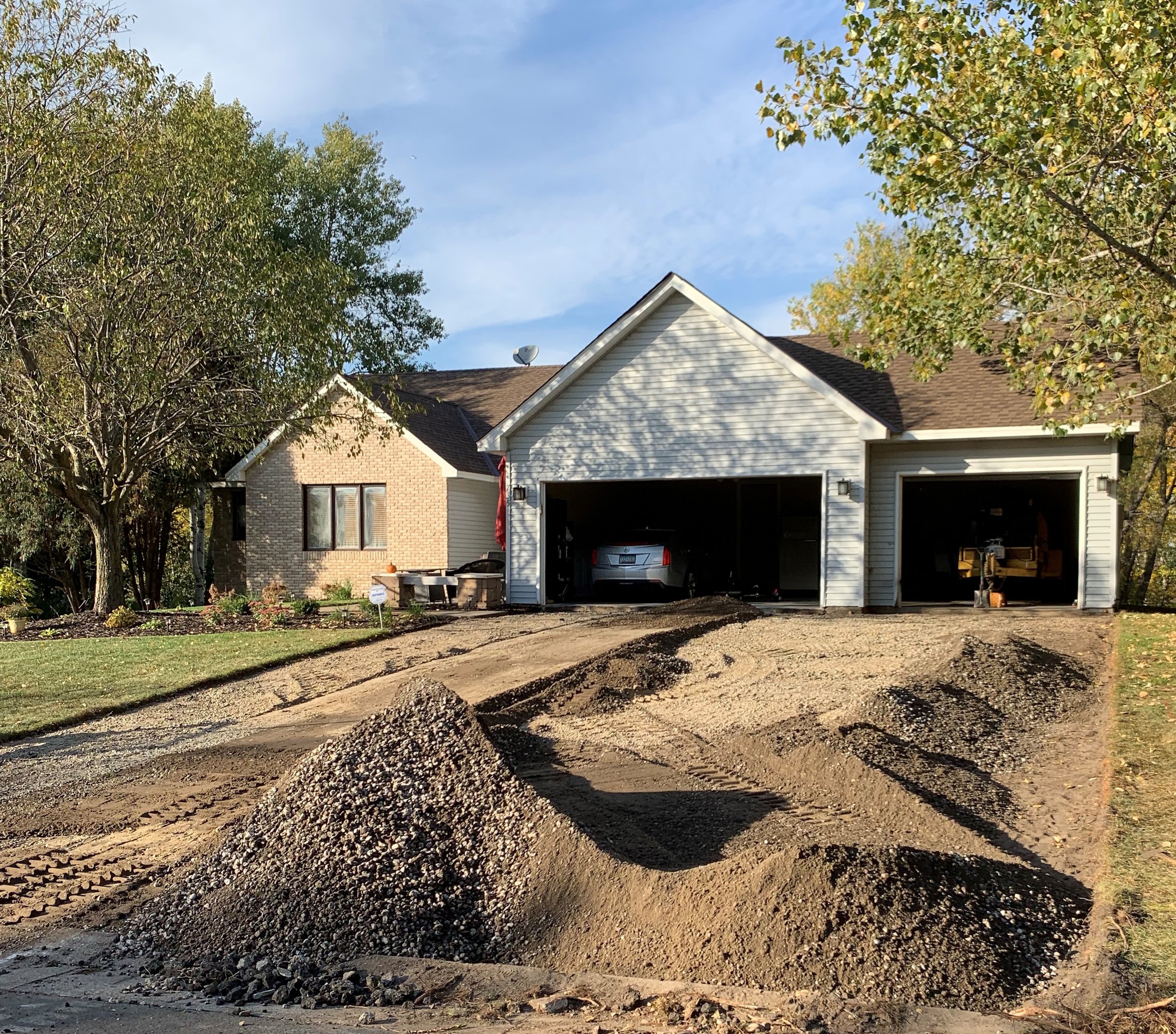
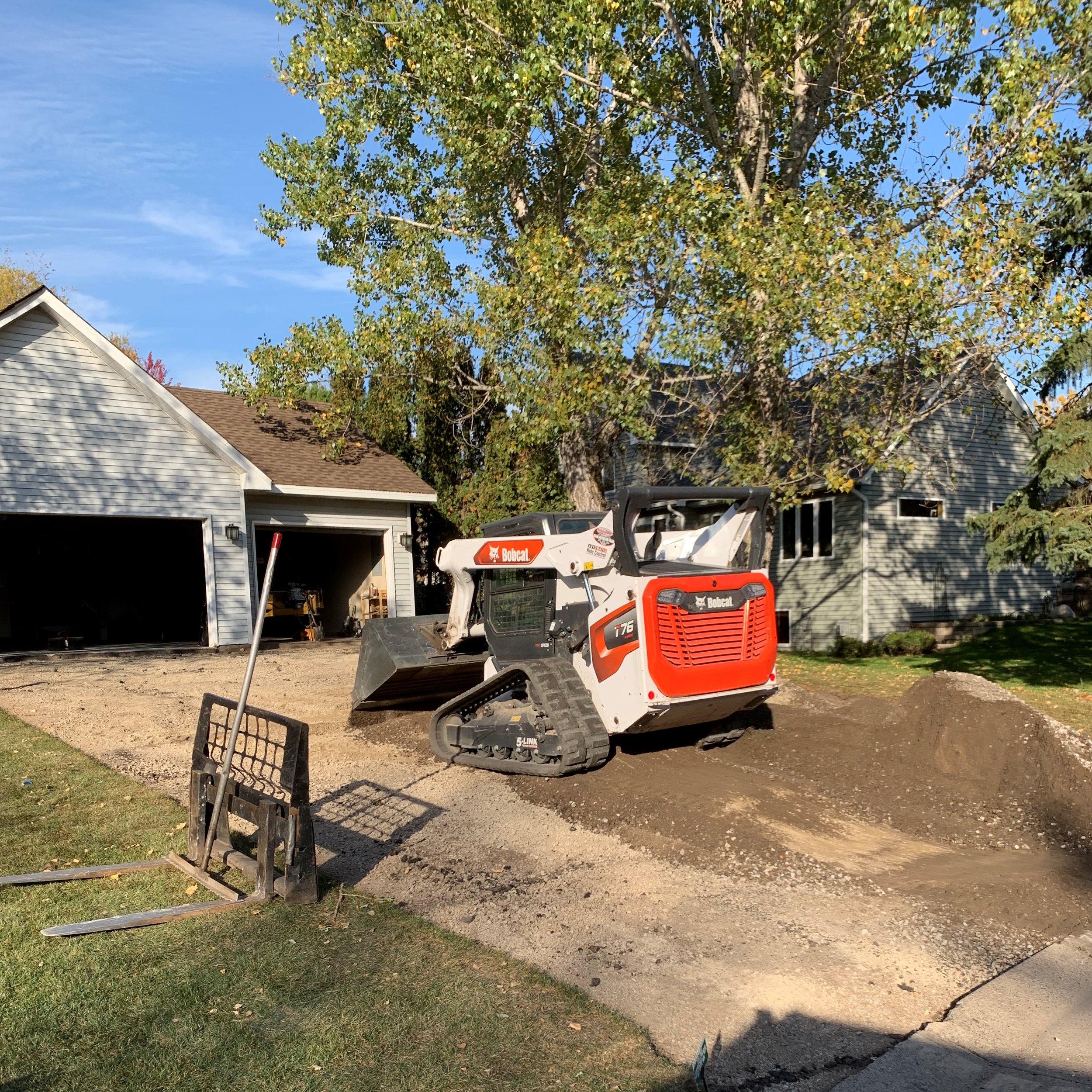
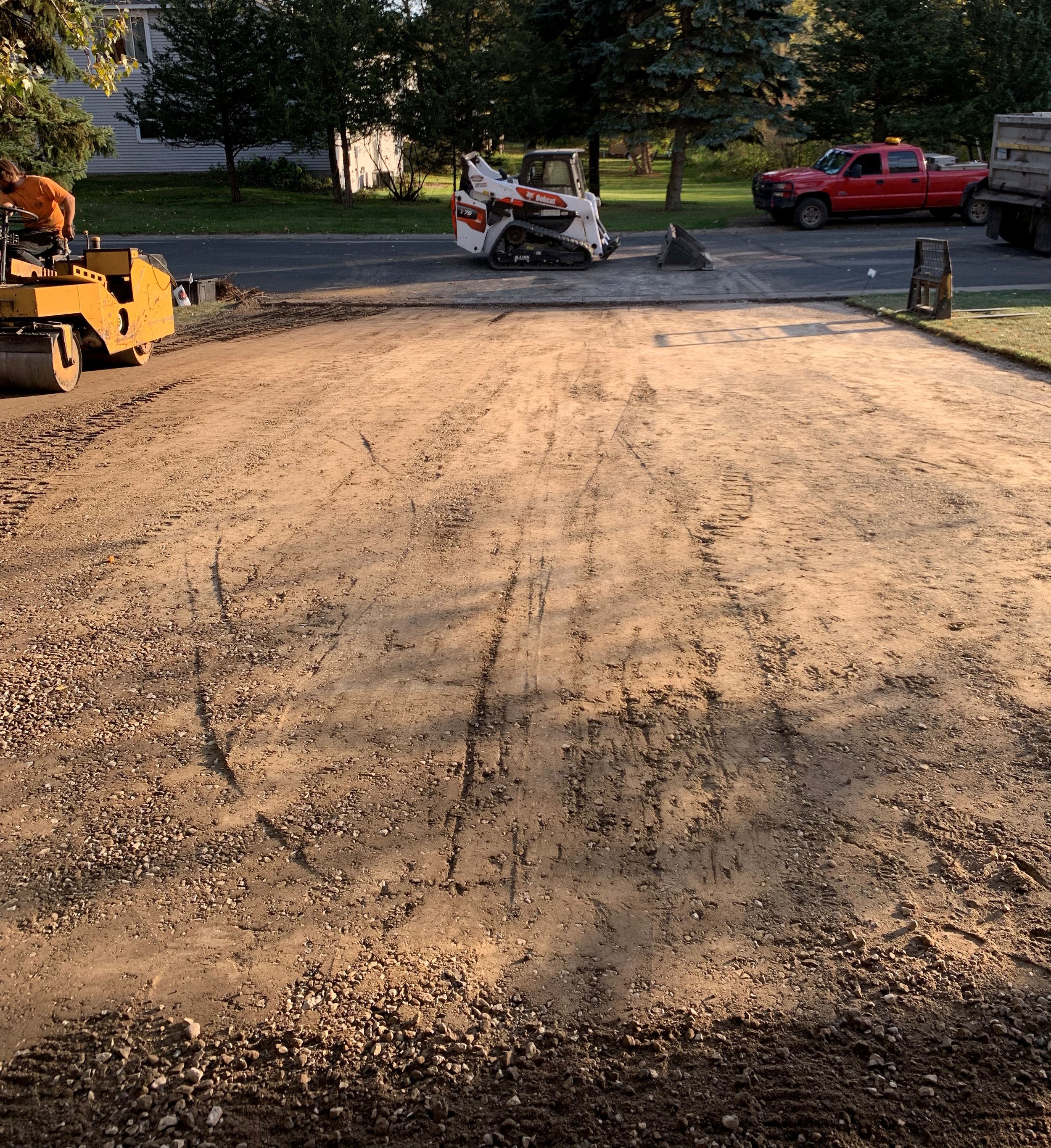

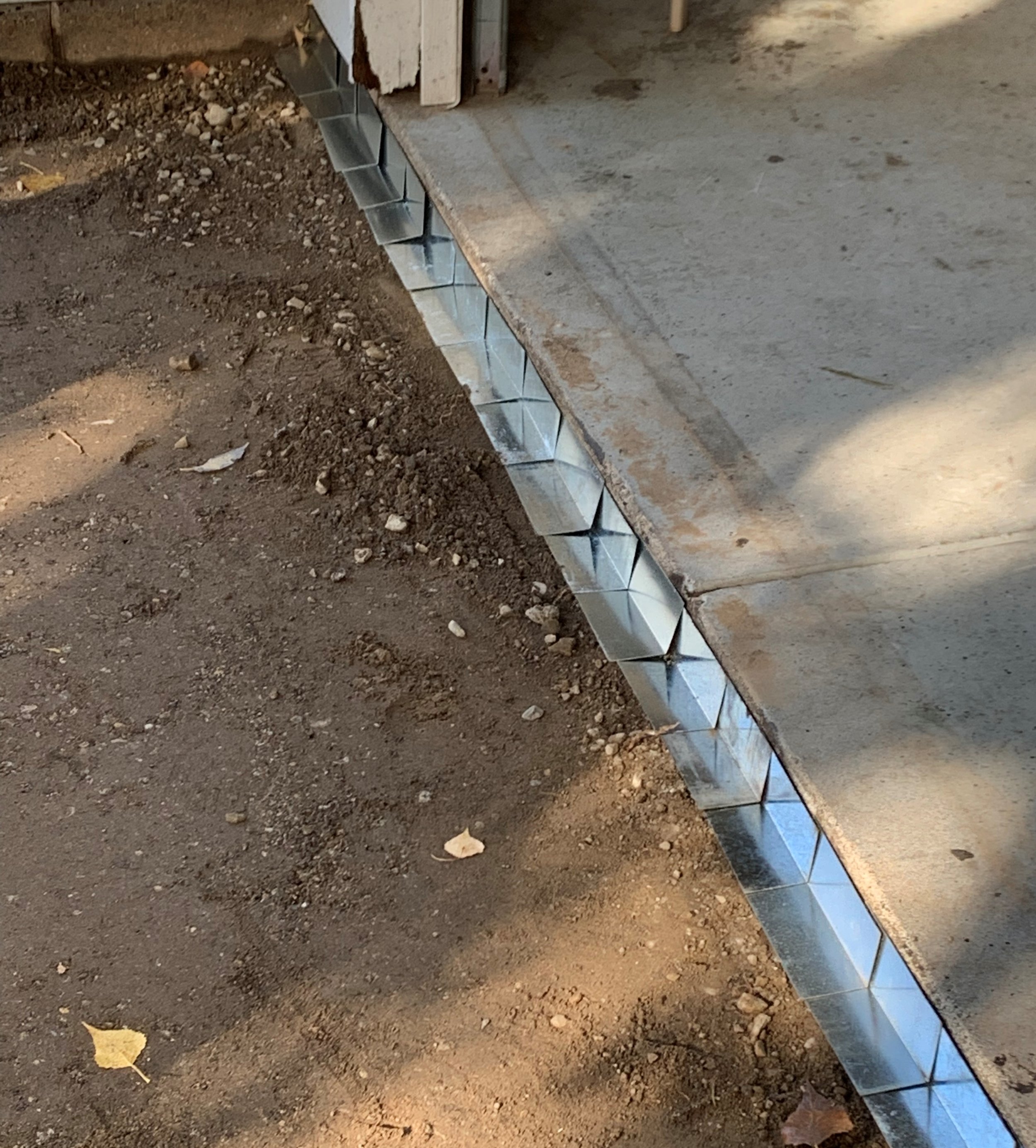
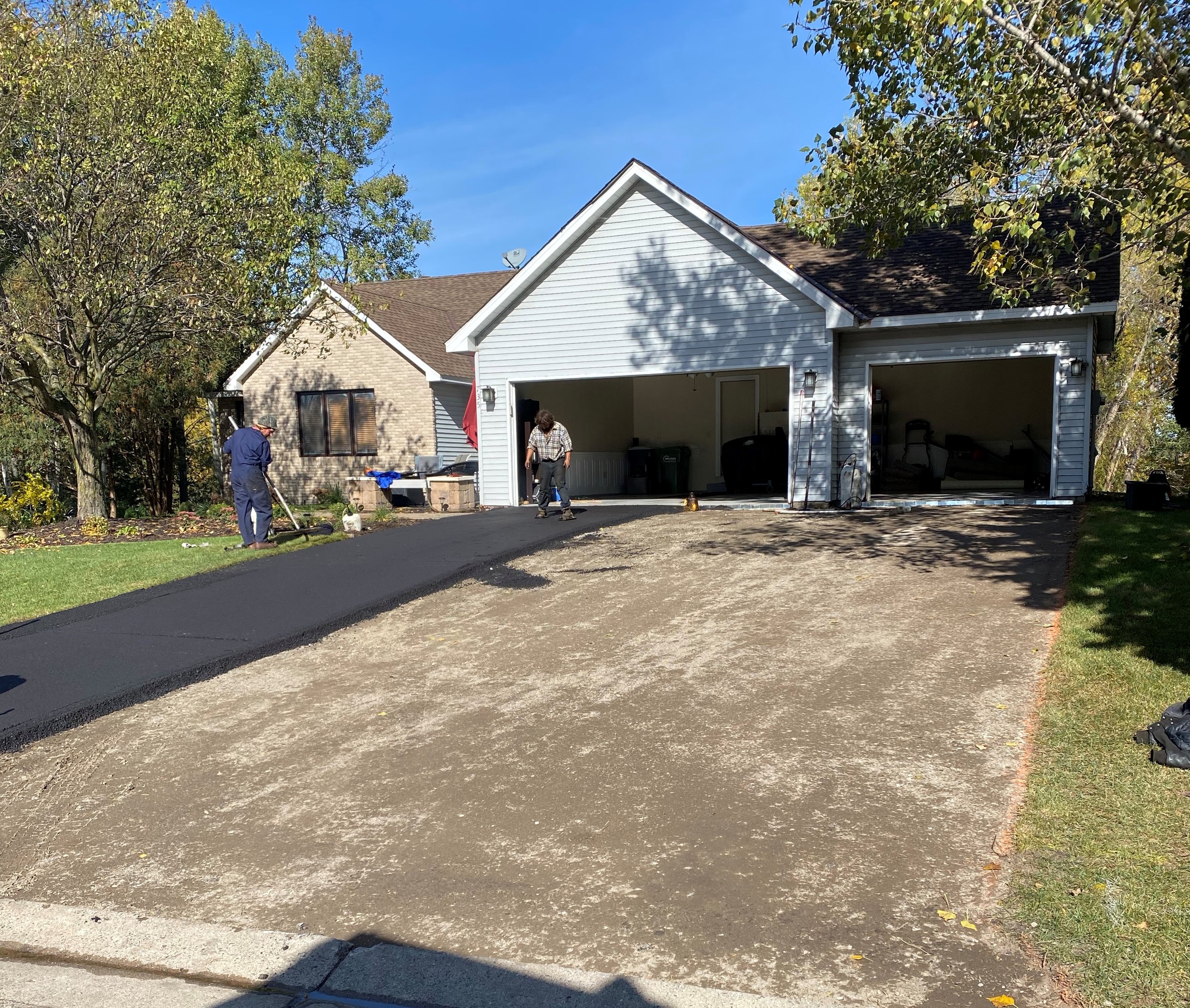
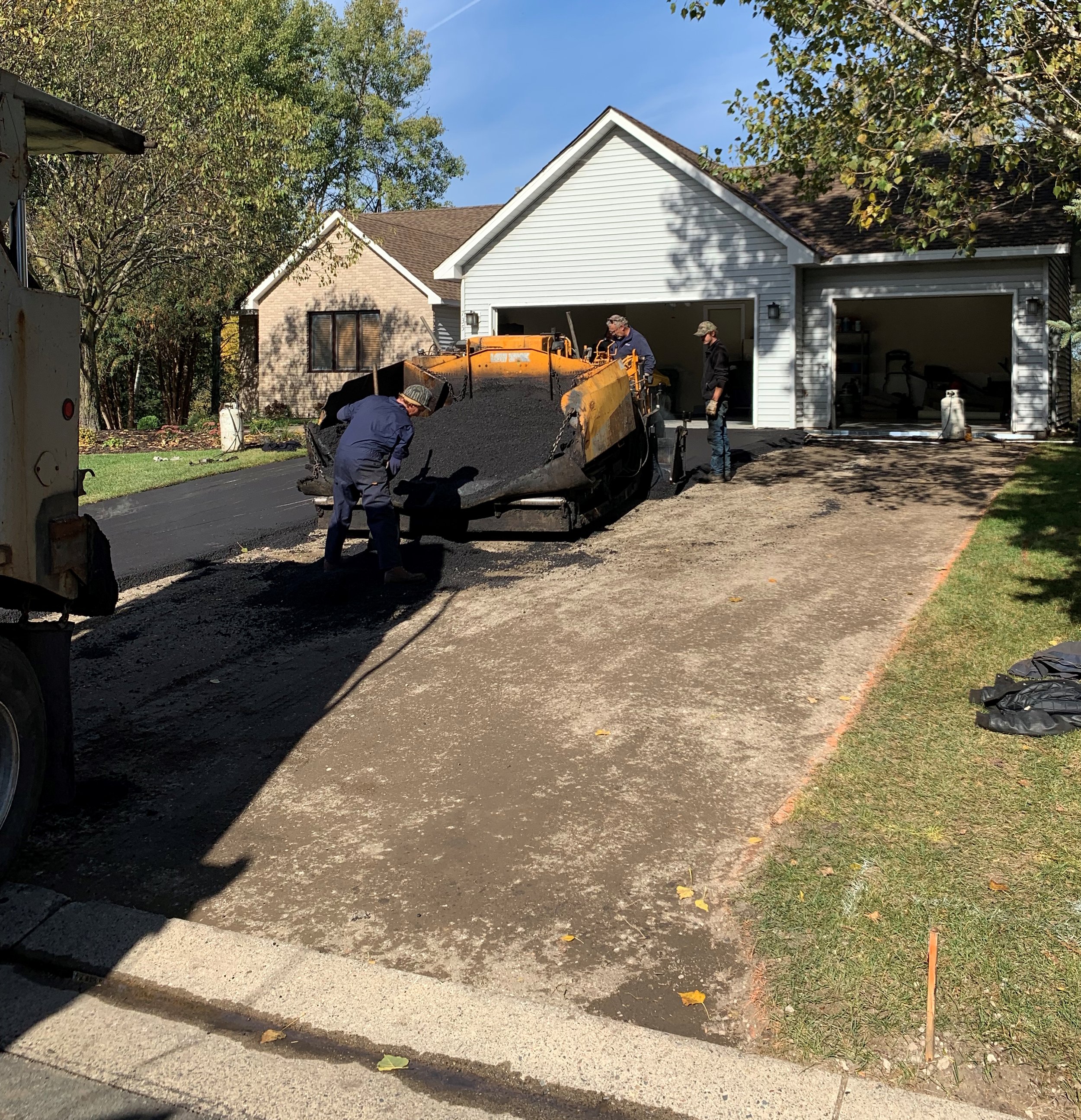


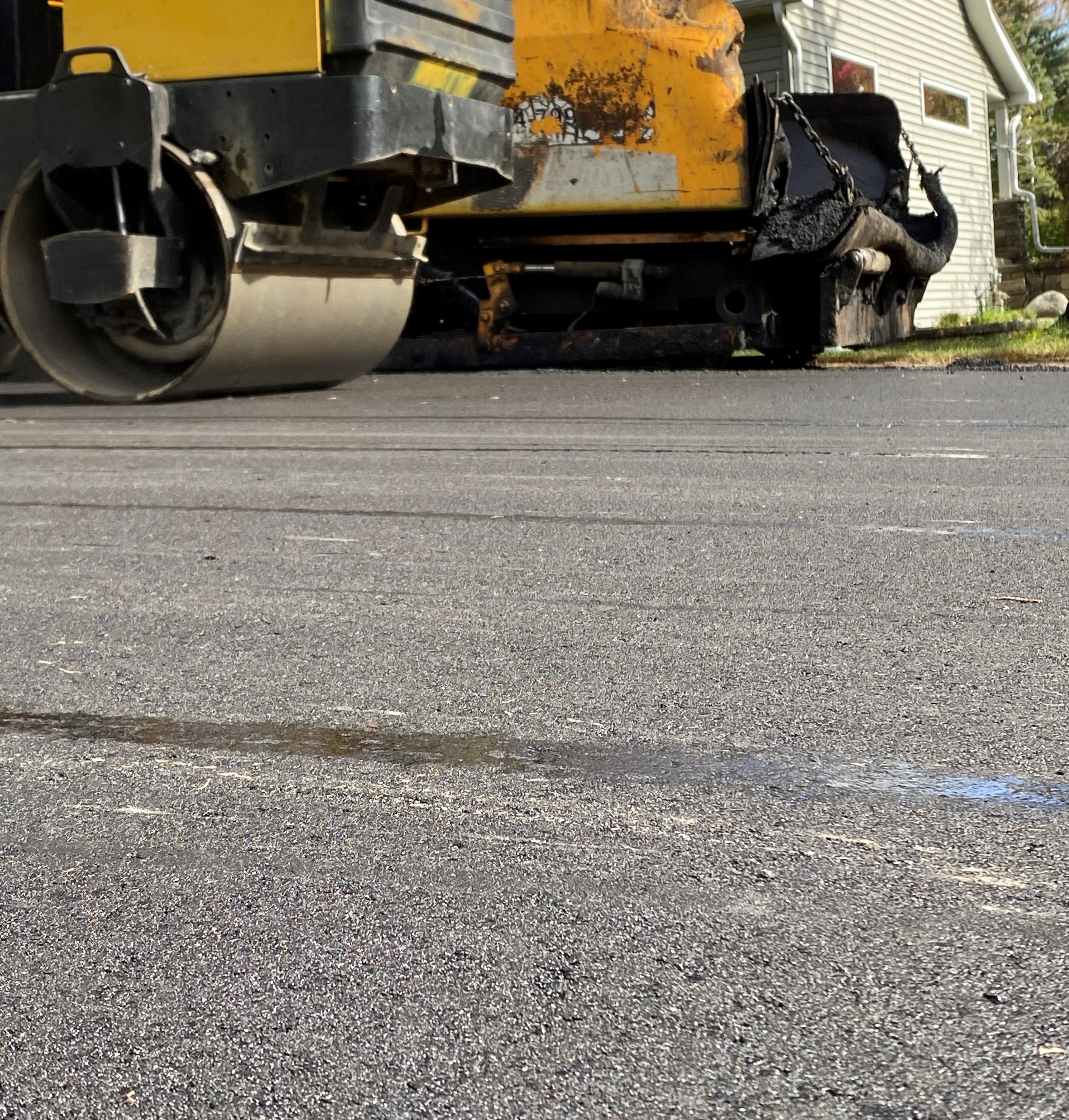
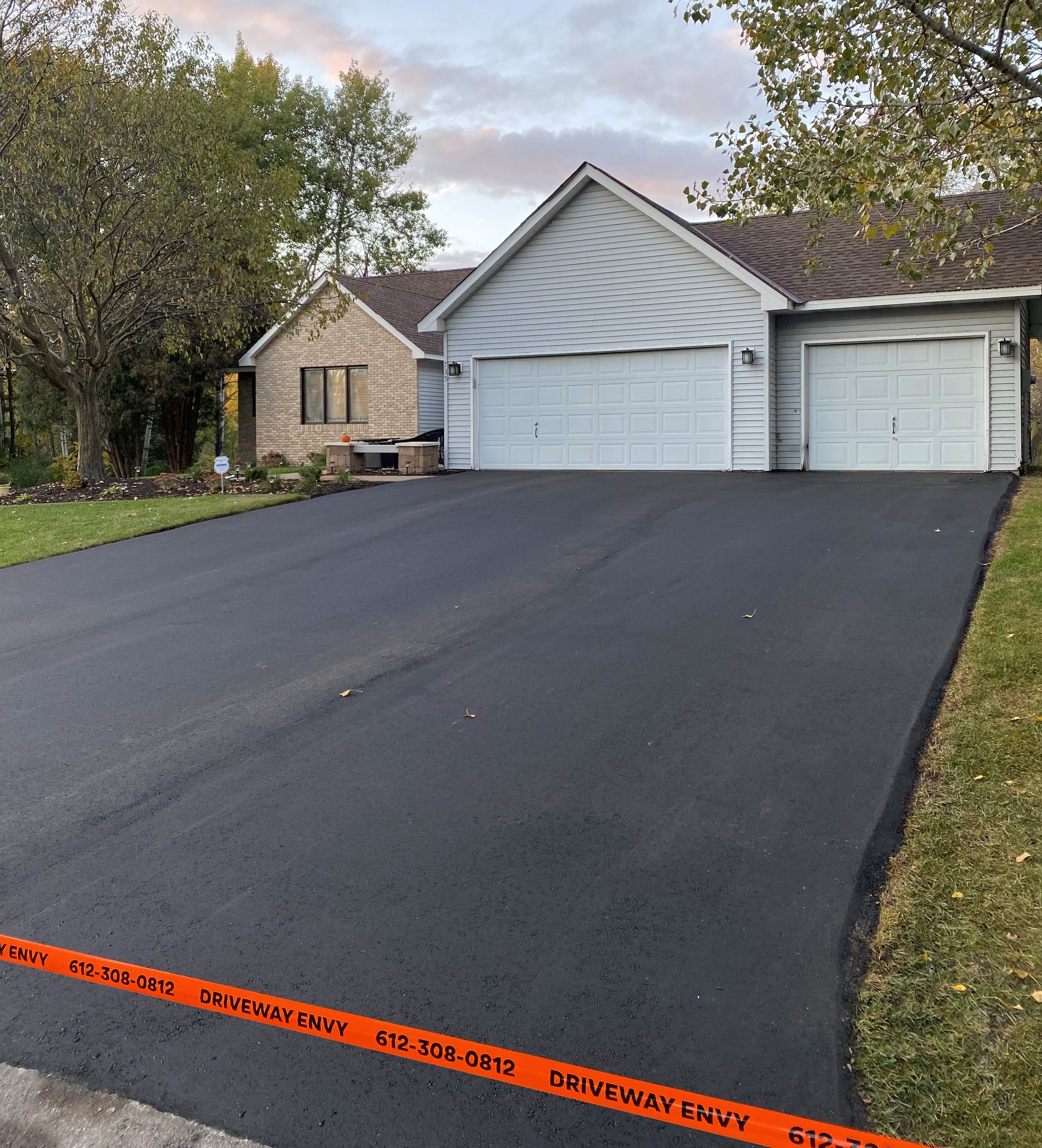
What we do
Most of us have a driveway, whether it is gravel, asphalt, concrete, stone, or pavers. At Driveway Envy, we specialize in installing Asphalt - otherwise known as blacktop driveways. If you are in the process of building your home, we can seamlessly work with your existing contractors and home builder to install a new asphalt driveway at the perfect time during your home build. If you already have a driveway but are looking to get it replaced, we can remove your existing driveway - no matter the material and then install a new asphalt driveway (to the same or new dimensions) that meets your needs.
At Driveway Envy, we also offer asphalt extensions or additions. If you are looking to add a parking pad, increase the size of your current driveway, change the shape of your existing driveway, or add an asphalt surface somewhere on your property - we can handle the project.
A properly paved asphalt driveway will not only add a tremendous amount of curb appeal to your home, but it will also increases value as it adds a sense of completeness to the property and it will last for decades, if properly maintained. Not to mention - your driveway also serves as your home court for neighborhood basketball games and 4 square competitions. Your driveway is also a place where memories are made - whether you are tapping into your creative side with the kids and turning your driveway into a masterpiece with colorful chalk drawings, hosting impromptu neighborhood gatherings, or celebrating milestones like graduations or retirements from the comfort of home.
Trust the experts at Driveway Envy to install a durable asphalt driveway that will provide many years of use while adding value to your MN or WI property.
Our Process:
Planning the Project! This step is often overlooked, but proper planning ensures success. Every project is different and the needs will vary. Make sure to review your plans and get approval from your city or county planning offices, pull any necessary permits, etc. We will work with you to ensure the scope of the project is mutually understood to ensure the end result meets your expectations.
Demolition and Removal. If we are replacing an existing driveway surface, the first step in the asphalt installation process is to remove the existing surface - whether it is asphalt, concrete, pavers, or stone. We use heavy machinery, including small bobcats, front loaders, and dump trucks. We remove the debris off site - and if possible, we recycle the old material.
Now that the old surface is removed - we can begin preparing the surface for proper water drainage. Proper water drainage is vital to your asphalt surface. We use technology and machinery to grade the surface that will later be paved, to ensure that water will run-off properly.
Preparing the Sub Base is next. You may not have guessed, but the most important part of your new asphalt driveway is the sub base. The base provides a stable surface to support the new pavement and is also a frost barrier to help reduce potential winter damage due to freezing and thawing. Base thickness, stability, and compaction are essential steps - if the base is not appropriately compacted, the asphalt surface will not be durable.
Once the base is fully graded and compacted - we review the surface to ensure it is strong and ready to support new asphalt. We will make any necessary repairs in compromised areas to ensure the entire base is supportive. We also review the area between the driveway and garage floor and make any necessary repairs / add stability to prevent sinking or crumbling.
We then lay down the binder layer - which is essentially large aggregate mixed with oil and adds strength to the asphalt driveway - this process takes place right before or at the same time as the actual paving - depending on size/scope of job and crew size.
Next, we begin the actual paving process. You may be surprised how quickly this part of the process is completed in comparison to the steps before it. Asphalt is made of small aggregate, sand, and oil - which is how it becomes a deep black color. If there are butt joints or transitions to tend to - we will work to create a smooth transition from old surfaces or different surfaces (like concrete) to the newly paved asphalt. These areas may require special attention and may need to be done by hand, instead of using machinery.
The last step in the process is to roll the asphalt. The entire surface will be smoothed and compacted. The process ensures that no small bumps of aggregate or stone are left poking through the asphalt surface and ensures a level surface.
Before & After Notice the dramatic differences between the old and the new. The new driveway is much darker, smoother, and more solid. This client also opted to increase the size of their driveway for more room at the 3rd stall.
Things to Know:
Why choose Asphalt? Asphalt is flexible and easy to maintain. In winter, asphalt will absorb heat, which in turn helps to melt snow and ice quicker than on a concrete surface. Asphalt is not subject to surface flaking - which can occur with application of salts to melt ice and snow. Asphalt is less expensive to maintain and repair - concrete can not be heated and repaired. Asphalt is also less likely to crack over time.
Driveway installation timeline. Day 1: On the first day, we will prepare the driveway to be paved - removing the old surface (if applicable), bringing in gravel, rolling, compacting, grading, etc. Day 2: we will pave the new driveway and then roll it out. This process usually takes less than half of a day to complete.
Staying off the new Asphalt. We recommend staying off the new asphalt surface for 5-7 days, depending on temperatures. Do not park your vehicle or anything heavy on the driveway for 2 weeks after the paving is completed. Extra care should be taken - not turning wheels while sitting in one spot, not placing sharp objects (bike kickstands, ladders, lawn chairs, trailers, etc.) for 12 months without placing a board or plate under to prevent indentation of the asphalt surface.
Asphalt appearance - what to expect. Deep black color - sometimes dirt from the surrounding site can end up on the driveway surface. This is not harmful and will gradually disappear through use and natures elements, like rainfall. Your new asphalt surface may look smoother in some areas. This is due to the composition of asphalt (various sized rocks, etc.) The appearance will also be affected by areas that are machine laid vs. areas where hand tools are used. This does not compromise the integrity of the asphalt. Some small ponding could occur especially when new due to the viscosity of the oils in the new asphalt. Scuffing and tire marking can occur especially during periods of hot weather the first season - this is usually due to new asphalt designs being used, which help to reduce cracking in cold weather. The above situations will not reduce the long term performance of the asphalt pavement nor are they a sign of poor workmanship.
After care. Minor cracking and settling can occur - which is due to extreme temperature changes in Minnesota. This is not due to poor workmanship. Cracks will usually change in width as temperature change. We recommend sealcoating and crack filling surfaces 2 years after the driveway was paved - and every 2 to 3 years thereafter.
Asphalt is 100% Recyclable. Asphalt is the country’s #1 recycler. Asphalt reduced quarrying, mining, and oil consumption and keeps 75 million tons of material out of US landfills.
Paving in Action
2 passes of asphalt are down - 1 more to go!
